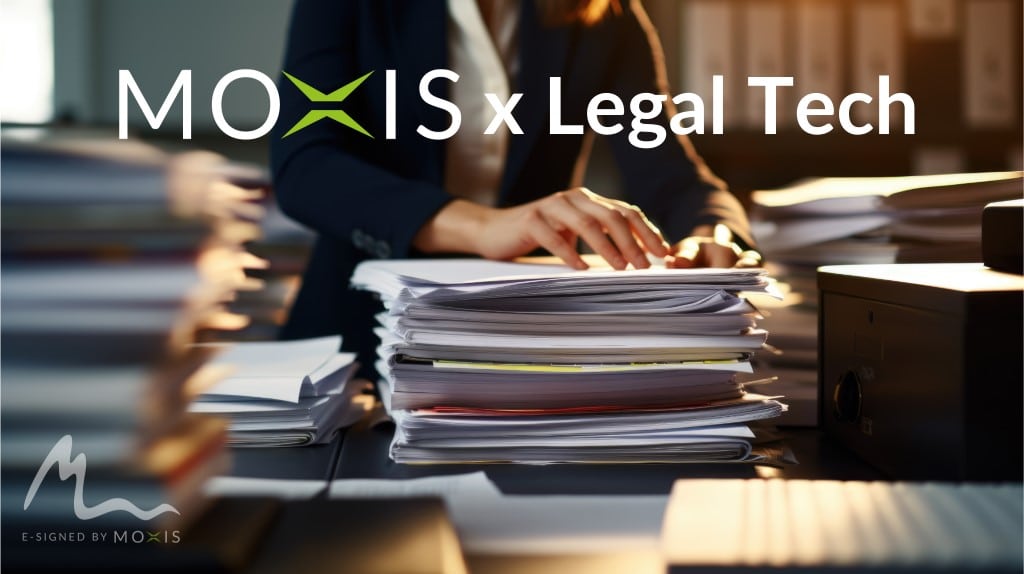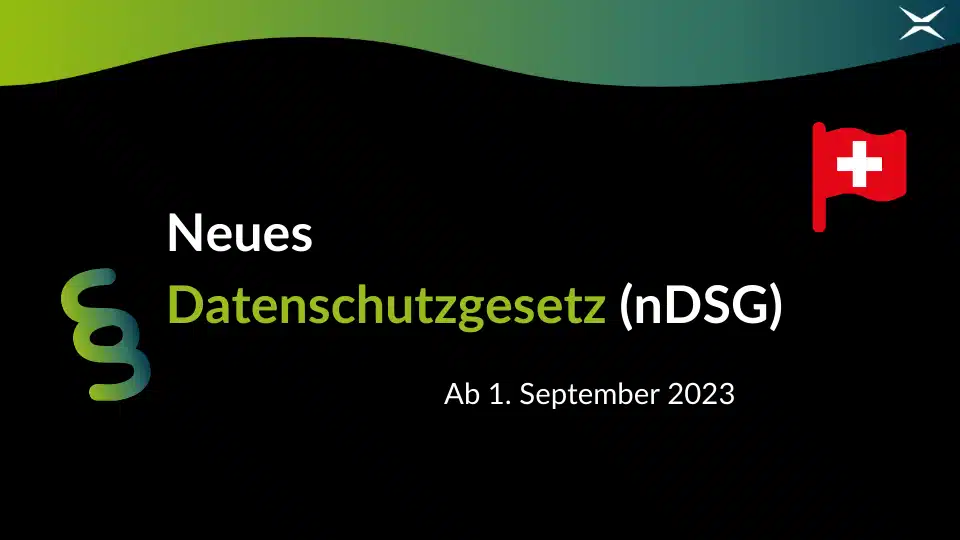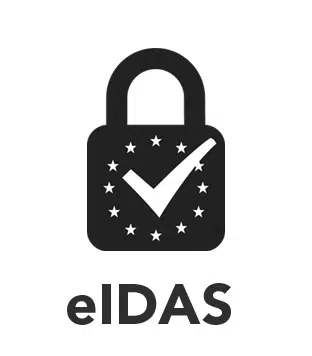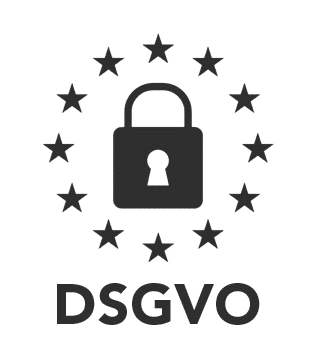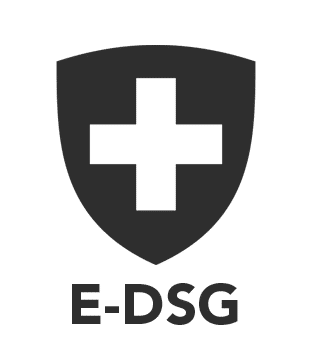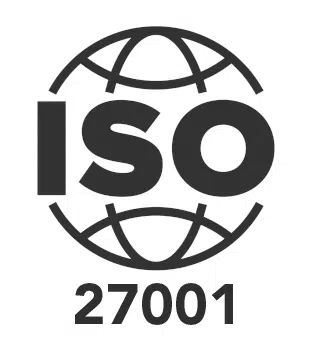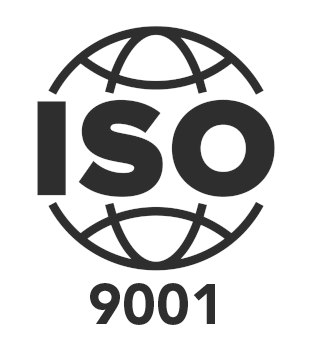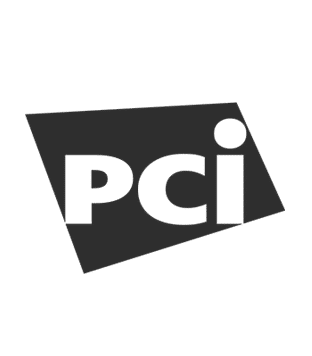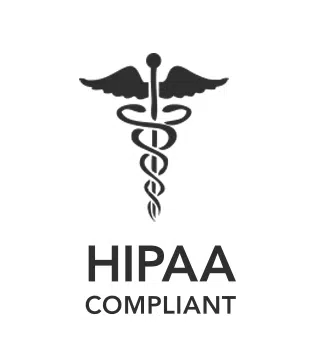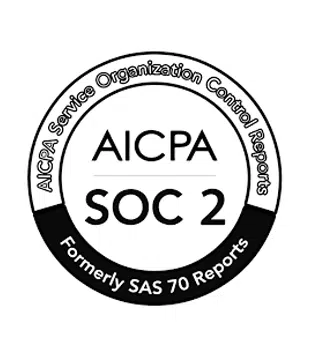Preliminary remark
Anyone coming into contact with electronic signatures for the first time usually wonders whether the electronic signature is really as valid as the handwritten one. Even six years after the eIDAS Regulation, this question is still sometimes asked with some trepidation: The history of the signature is an important chapter in legal history. But it is much more than that: it reflects nothing less than the development of Europe in economic and cultural terms. This is the subject of our series on the cultural history of the signature.
In the age of electronic signatures, we have the choice of continuing to use analogue signatures or digital technology. For larger companies that digitise their correspondence, like many other business areas, there is no alternative to a qualified electronic signature based on a personal certificate. What will not change any time soon is the aura of authenticity and identity created by signatures and characters in general. Handwritten signatures have this in common with their electronic counterparts. That is why our series highlights one thing in particular: The cultural significance of signatures – regardless of whether they come in the form of pixels or ink.

Test MOXIS free of charge for your company..
Get to know the leading e-signature platform and benefit from the advantages of legally secure digital signatures – no credit card required.
Part 1 - History
The signature’s success story since the 15th century is inextricably linked to the flourishing merchant trade in Europe. Merchants increasingly resorted to the pen to provide a signature – a time-saving, pragmatic method of making a legally binding declaration of intent in view of the growing number of sales and trade contracts. They used a sharp pen to put their mark or their full name under contracts.
The transition from the Middle Ages to modern times was characterised by rapidly growing global trade. New markets emerged and greater distances could be travelled in less and less time. Mobility thus played a key role in the spread of the signature. This can also be seen in art. By the 17th century, the “golden age” of European painting had given rise to a Europe-wide art market. As artists no longer necessarily met the buyers of their works in person, the signature of works finally became established as proof of authenticity and became the standard. Another key factor in the spread of handwritten signatures was education: More and more people learnt to write and were thus able to sign their names in the first place.
The history of the signature thus tells of the economisation of the world, of education and yes, if you like, of the origins of globalisation. The signature spread to all areas of life. It was not only artists who began to sign their works as a matter of principle; states regulated their co-operation by signing contracts, employment relationships were codified and trade agreements were sealed. The signature became a global cultural technique and a synonym for authenticity. Thus, it formed the legal basis of all communities.

